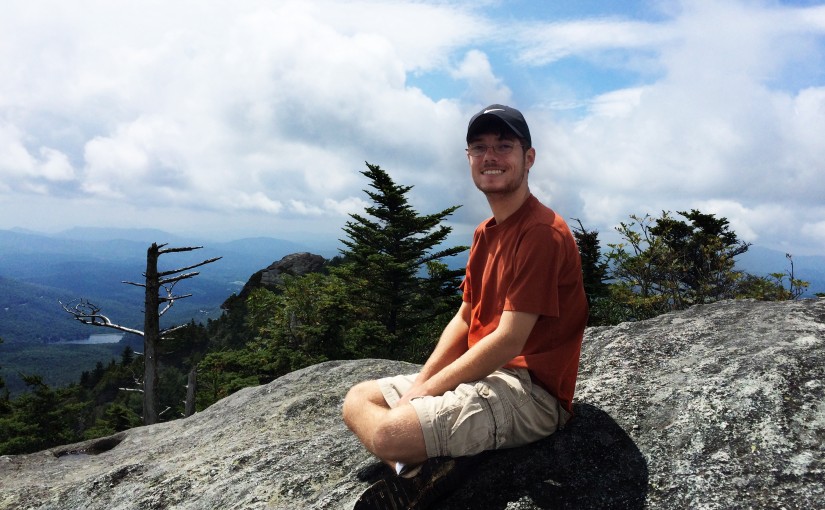This pair of twin “angel” candle holders are among the most unique objects in MOL’s collection, not only because they come as a set which allows us to investigate the differences between the two, but because they seem to be repurposed from a decorative panel.
Together, these two pieces were made somewhere in Austria in the 1490s and consist of two sculpted angels each holding a column. Originally, they were most likely parts of a larger altarpiece, since the height of each piece’s head and candle-holding pillar are exactly the same (8 ¾ inches, or 22.2 cm). After they were removed from this original decorative panel, crude notches for candles were carved into their columns, and the statues were repurposed as candle holders. The contrast between the skilled workmanship of the overall statues, juxtaposed with the crudeness of the candle-holding notch, is what first suggested their repurposing to the MOL team when we viewed them at Harvard Art Museum’s storage facility in Somerville. Further investigation into the structural details of the piece—the unadorned, utilitarian back; the conspicuously matching heights of the angel heads and pillars—seem to corroborate this interpretation. While the suggested original altarpiece may have simply broken down over time, it seems more likely that it fell victim to the iconoclastic movement that raged in Central Europe during the Protestant Reformation.
Each of these repurposed candle holders is carved out of lindenwood (also called limewood). In the late Middle Ages, most lindenwood carvings came from the southern German regions (Upper Rhine, Swabia, Franconia, and Bavaria) because of the abundance of lindenwood found in the area. This material was exceptionally well suited for sculpting, especially for fine detail work, and was used very frequently by late medieval sculptors. To carve a sculpture like these two angels, a sculptor would commence his work with a large lindenwood block and carve it into a curved shape. He would cut out the center and the back and try not to let the wood deform too much while carving. After he carved the wood into a C-shape, the sculptor would chisel down the wood and focus on the more elaborate details. In the end, the carving would be either painted or, according to the practice gaining popularity in the 1490s, simply varnished and glossed.
We on the MOL team are especially intrigued by the broken left hand of the figure holding a pillar on its right (the statue to the left in the picture above). Although we cannot know how it occurred, this damage speaks to the likely utilitarian purpose of the piece. Moreover, the damage allows the material to express itself, since the striated densities of the lindenwood make for a distinctive pattern. Little is known about how these late Gothic candle holders made their way to the United States, but Harvard University acquired them as a gift from Jane Ransohoff in memory of her late husband Dr. J. Louis Ransohoff.

